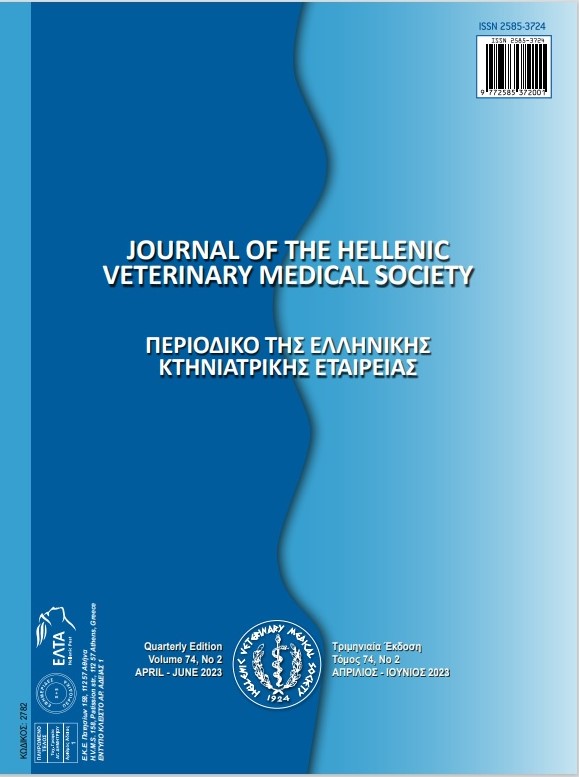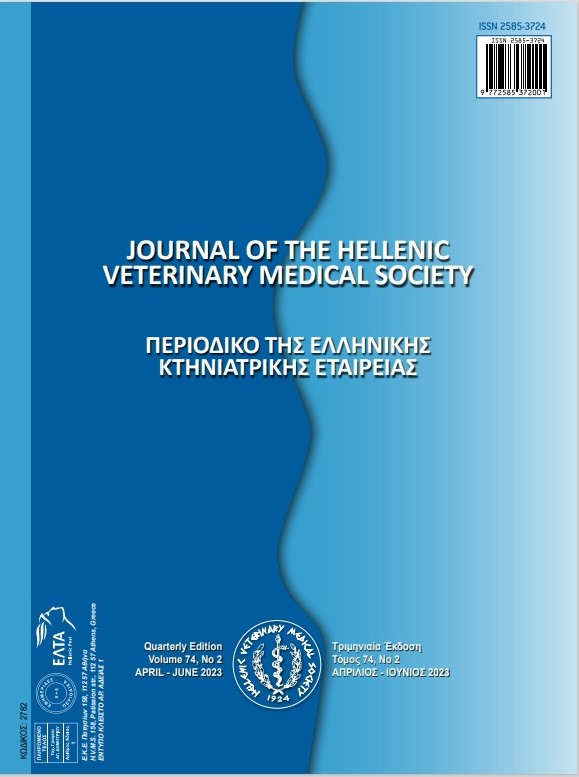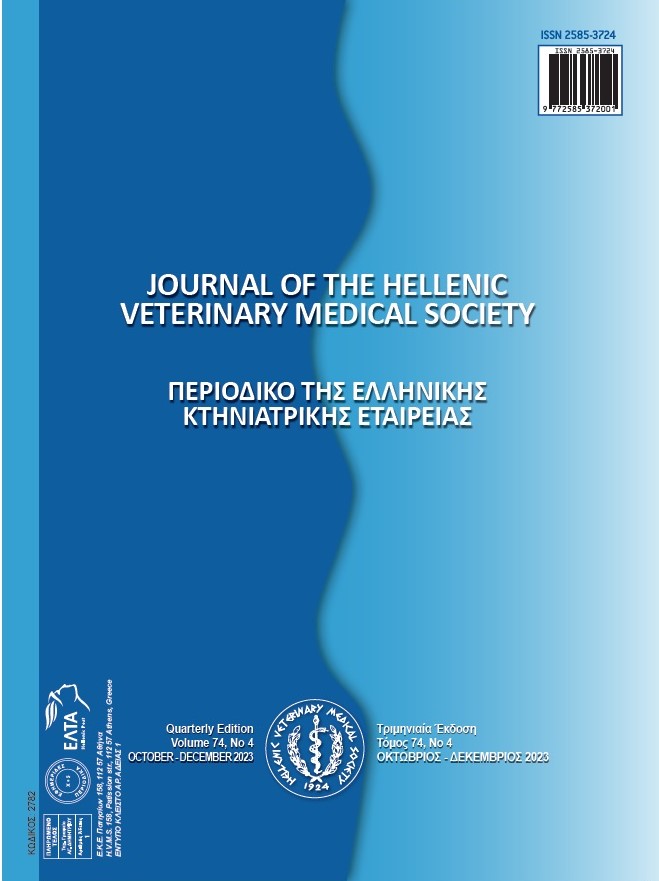The first case of Co-infection of Sacbrood virus and Varroa destructor virus-1 in honey bees (Apis mellifera L., 1758)

Abstract
Viral infections can occur at all developmental stages of honey bees and are of great concern for the beekeeping industry as they cause significant economic losses in beehives. The aim of this study is to investigate sudden bee mortalities and colony losses in a beekeeping facility. In 2022, high levels of bee mortality were observed in an apiculture facility in Kırıkhan district of Hatay province. In order to determine the cause of bee mortality, adult worker bee samples (n = 50) with clinical symptoms were collected from hives within the facility. Collected bee samples were processed for RNA extraction. One step real time RT-PCR methods were applied for the detection of Sacbrood virus (SBV) and Varroa destructor virus-1 (VDV-1). The one step real time RT-PCR analysis revealed the presence of mixed infection with SBV and VDV-1 viruses in the facility. As far as we know, this study is the first report of a mixed infection of SBV and VDV-1 in honey bees. Additional comprehensive studies are needed to better understand the epidemiology of mixed infections caused by viruses in honey bees.
Article Details
- How to Cite
-
Zerek, A., Şevik, M., Erdem, I., & Yaman, M. (2025). The first case of Co-infection of Sacbrood virus and Varroa destructor virus-1 in honey bees (Apis mellifera L., 1758). Journal of the Hellenic Veterinary Medical Society, 76(2), 9385–9390. https://doi.org/10.12681/jhvms.36354 (Original work published July 5, 2025)
- Issue
- Vol. 76 No. 2 (2025)
- Section
- Case Report

This work is licensed under a Creative Commons Attribution-NonCommercial 4.0 International License.
Authors who publish with this journal agree to the following terms:
· Authors retain copyright and grant the journal right of first publication with the work simultaneously licensed under a Creative Commons Attribution Non-Commercial License that allows others to share the work with an acknowledgement of the work's authorship and initial publication in this journal.
· Authors are able to enter into separate, additional contractual arrangements for the non-exclusive distribution of the journal's published version of the work (e.g. post it to an institutional repository or publish it in a book), with an acknowledgement of its initial publication in this journal.
· Authors are permitted and encouraged to post their work online (preferably in institutional repositories or on their website) prior to and during the submission process, as it can lead to productive exchanges, as well as earlier and greater citation of published work.





